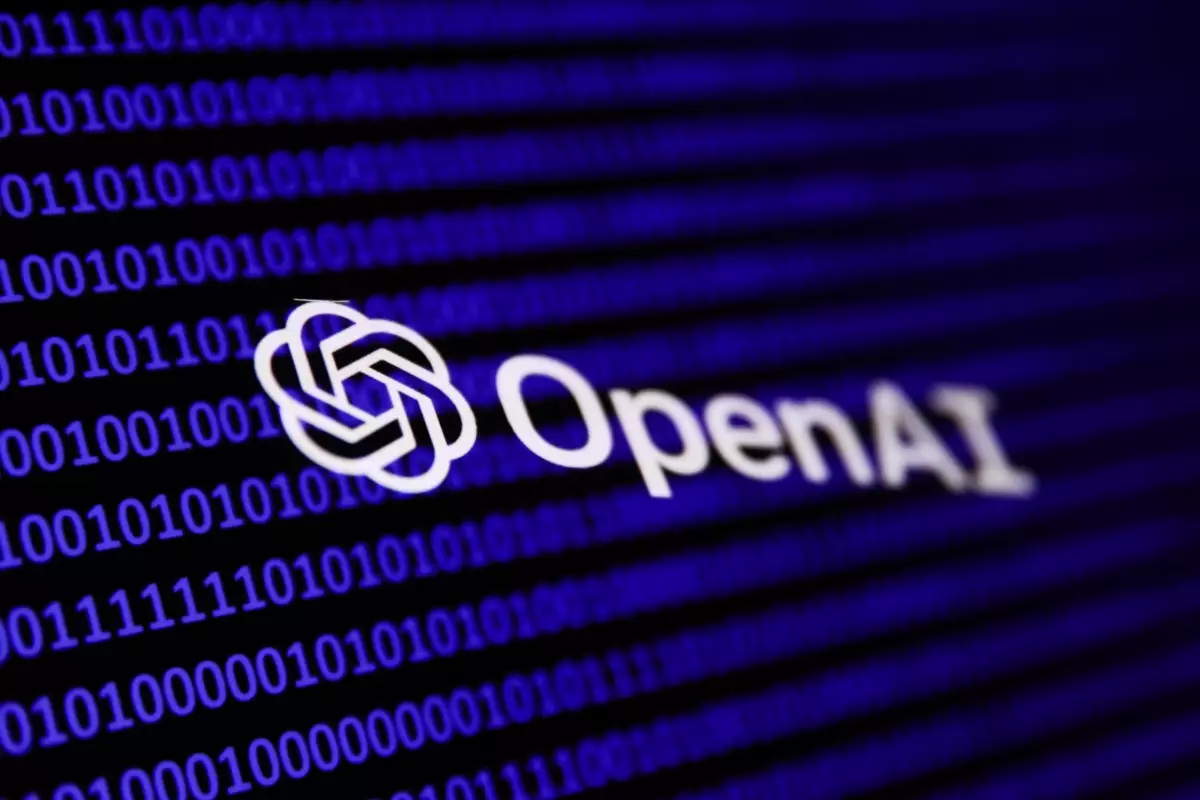Throughout the advanced technological landscape, robotics has emerged as a critical field with immense potential, one that combines artificial intelligence with mechanical engineering. OpenAI, a frontrunner in AI development, recently made headlines by reinvigorating its robotics department after having initially disbanded it. This move signifies not only a strategic pivot but also an expansion of its horizons to include physical applications of artificial intelligence. A recent social media announcement by Caitlin Kalinowski, OpenAI’s hardware director, sheds light on these revived aspirations, detailing plans to engineer innovative robots designed for dynamic, real-world environments.
A New Era of Robotics at OpenAI
As Kalinowski stated in her post on X, OpenAI is poised to create robots equipped with a custom sensor suite tailored to meet specific functionalities. This announcement creates excitement for what appears to be a serious commitment to entering the robotics arena. The job postings insinuate that OpenAI intends to develop versatile robots capable of mimicking human-like intelligence, designed to adapt to various situations around them. In an age where robotics is becoming increasingly prevalent across multiple industries, such as manufacturing and agriculture, OpenAI’s foray into developing general-purpose robots reflects a strategic understanding of the market’s demands.
The emphasis on a “general-purpose” and “adaptive” robotic design reveals OpenAI’s intent to craft machines that can navigate complex environments while performing intricate tasks. By focusing on the potential integration of AI models and innovative hardware, OpenAI seeks to blend their robust software capabilities with the inherent challenges of robotics, resulting in products that can seamlessly function in unpredictable settings. These insights reveal a forward-thinking approach, tapping into the exponentially increasing interest in robotics.
One of the standout aspects of OpenAI’s revival plan is the commitment to innovation in sensor and computational technology. The company’s strategy illustrates a desire to tackle the hardware-engineering challenges typically associated with robotic design. By developing proprietary sensors and computational elements, they aim to facilitate the deployment of robots that are not only intelligent but also sensitive to their surroundings. This integration of advanced AI capabilities into physical platforms represents a leap toward more autonomous systems that can outperform traditional robots.
The job listings further imply that this robotics team might be engaged in various experimental activities, including the potential employment of contract workers to test robotic prototypes. Such an approach underscores a willingness to embrace iterative testing and development, crucial in a sector known for its rigorous challenges and high rates of failure. OpenAI’s ambitious recruitment drive signals high expectations, with particular roles requiring engineers experienced in creating mechanical systems geared for mass production.
The decision to invest in robotics comes at a time when the sector is attracting substantial interest and capital investments—over $6.4 billion was raised by robotics firms in just one year. With companies like Bright Machines pushing boundaries in industrial automation and firms like Bear Robotics venturing into service robots, the landscape is rapidly evolving. OpenAI’s engagement in this field suggests an alignment with industry trends that leverage both artificial intelligence and robotic functionality.
Further, the trend toward humanoid robots is gaining traction, with several players, including those backed by OpenAI, investing efforts into developing general-purpose humanoids. While ambitious, these projects also highlight the inherent challenges that come with creating robots that must navigate nuanced human environments. The historical complexities experienced in the field point to the difficulties inherent in translating AI capabilities into reliable and scalable robotic systems.
OpenAI’s interest in robotics is not isolated from its broader hardware initiatives. The participation of notable design figures like Jony Ive indicates that OpenAI is engaged in various high-stakes projects, including customized devices and chips tailored to run AI models effectively. This holistic approach to hardware further cements OpenAI’s position at the intersection of AI and physical technology, emphasizing the potential to redefine how machines can enhance our daily lives.
OpenAI’s reinvigorated robotics department signals an exciting chapter in its technological pursuits. With a focus on general-purpose robots characterized by innovative hardware and intelligent AI integration, the company aims to contribute significantly to the evolving robotics landscape. As this journey unfolds, the success or failure of such ambitions may well influence not only OpenAI’s trajectory but also the future of robotics as a whole.

